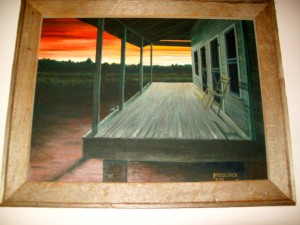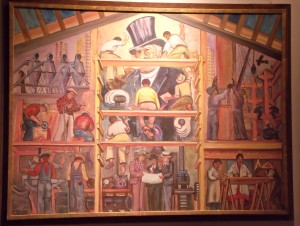
An artist needs to develop a ritual (if you may) that helps them determine the very best they can do when painting a picture.
Over time, I have come to use the following procedure when finally deciding one of my paintings is worth framing and hanging. I consider it my self-critiquing check list.

Tip: Spot the weakness: Overall, It is easier to identify weaknesses in your painting than the strong points. Weaknesses jump out at you and are very obvious.
Tip: Find your strength: To recognize the strong areas of your painting requires more concentration and understanding. You are trying to make sure the composition gives a unified and pleasing whole to the painting. Are the colors and values harmonious? Do the scale and relationship of shapes and objects relate and make sense?

Tip: Use the mirror trick: A good idea is to hold a mirror up to the painting. Any compositional inaccuracies should be visible.
Tip: Give it a rest: Some times you need a fresh view of your painting. How can you be fresh? Put the painting out of sight for a few days (or weeks). After the rest, you may notice areas that need more attention.
Tip: Be critical: Don’t assume you can get away with anything. Be honest with yourself. Never suppose the viewer will not see a blunder in your painting. If you know it is there, so will everyone else.
